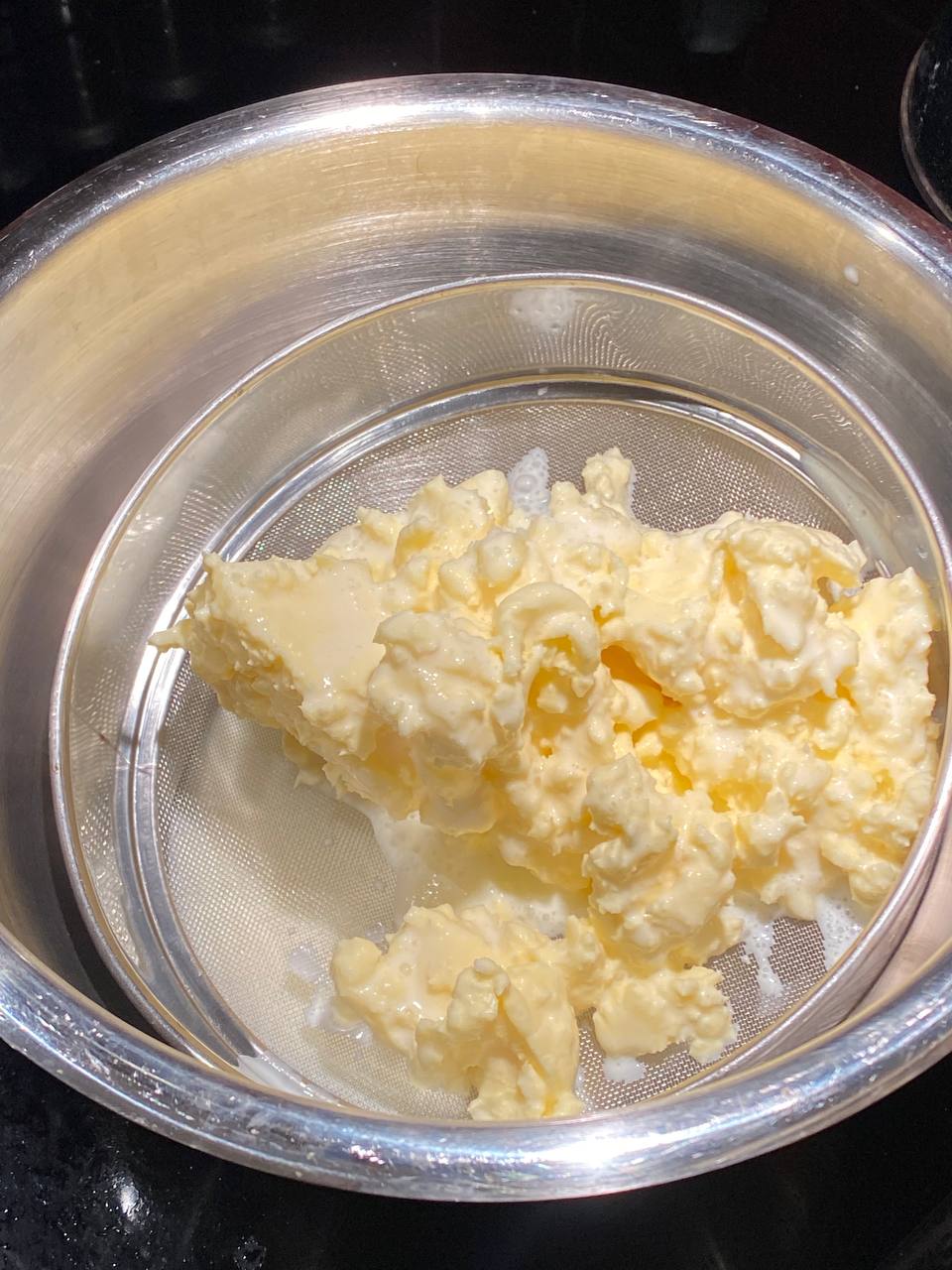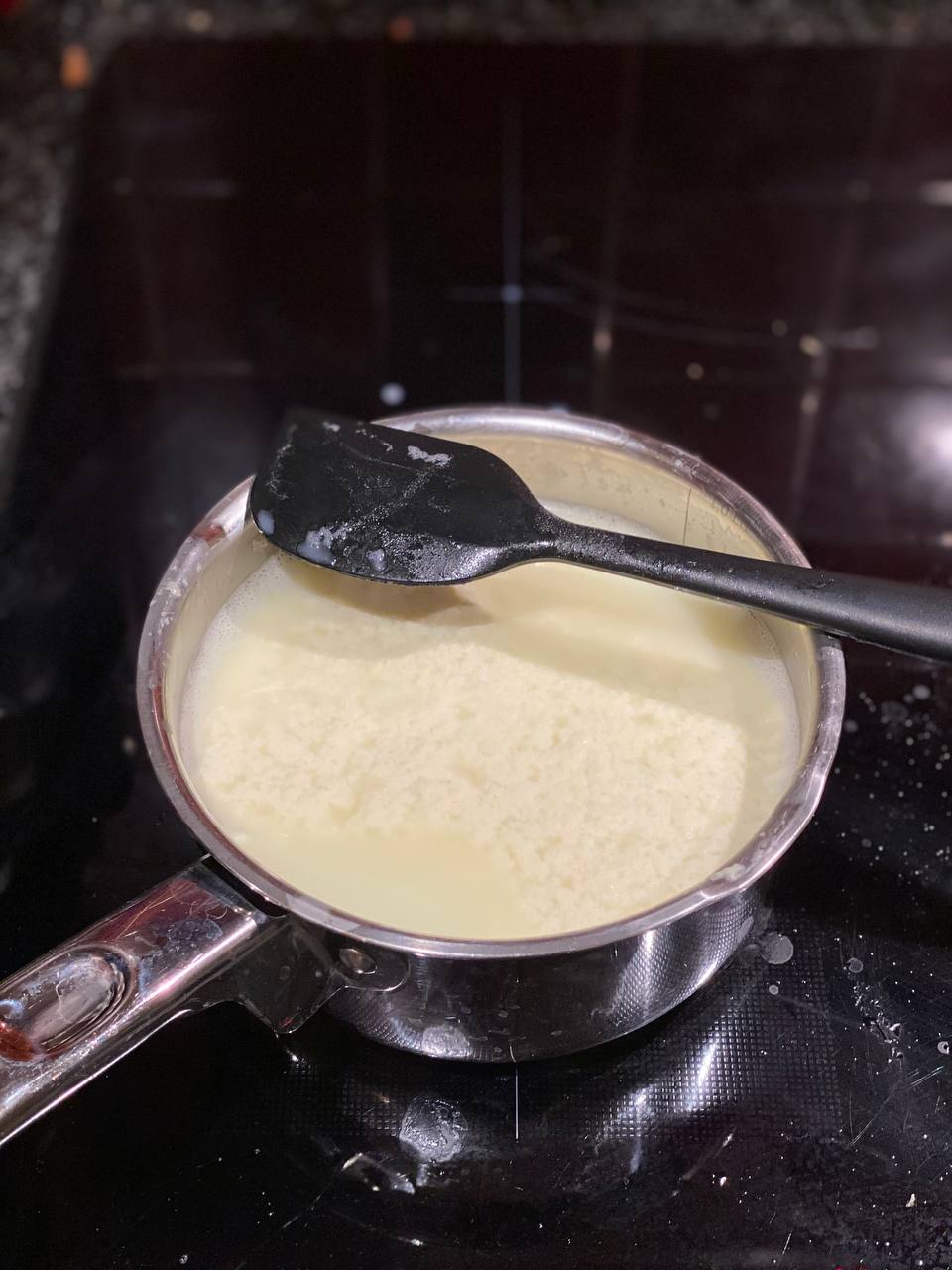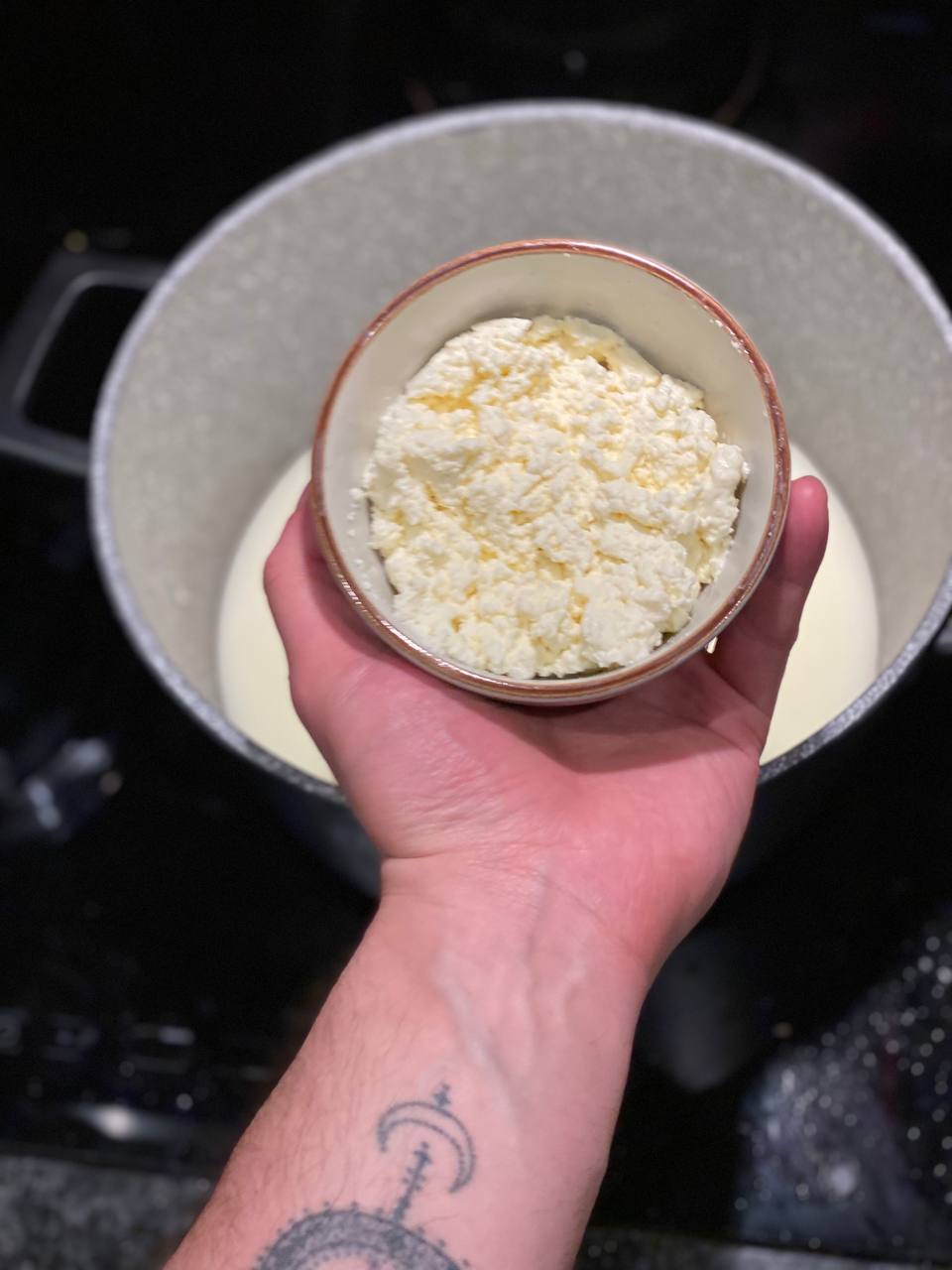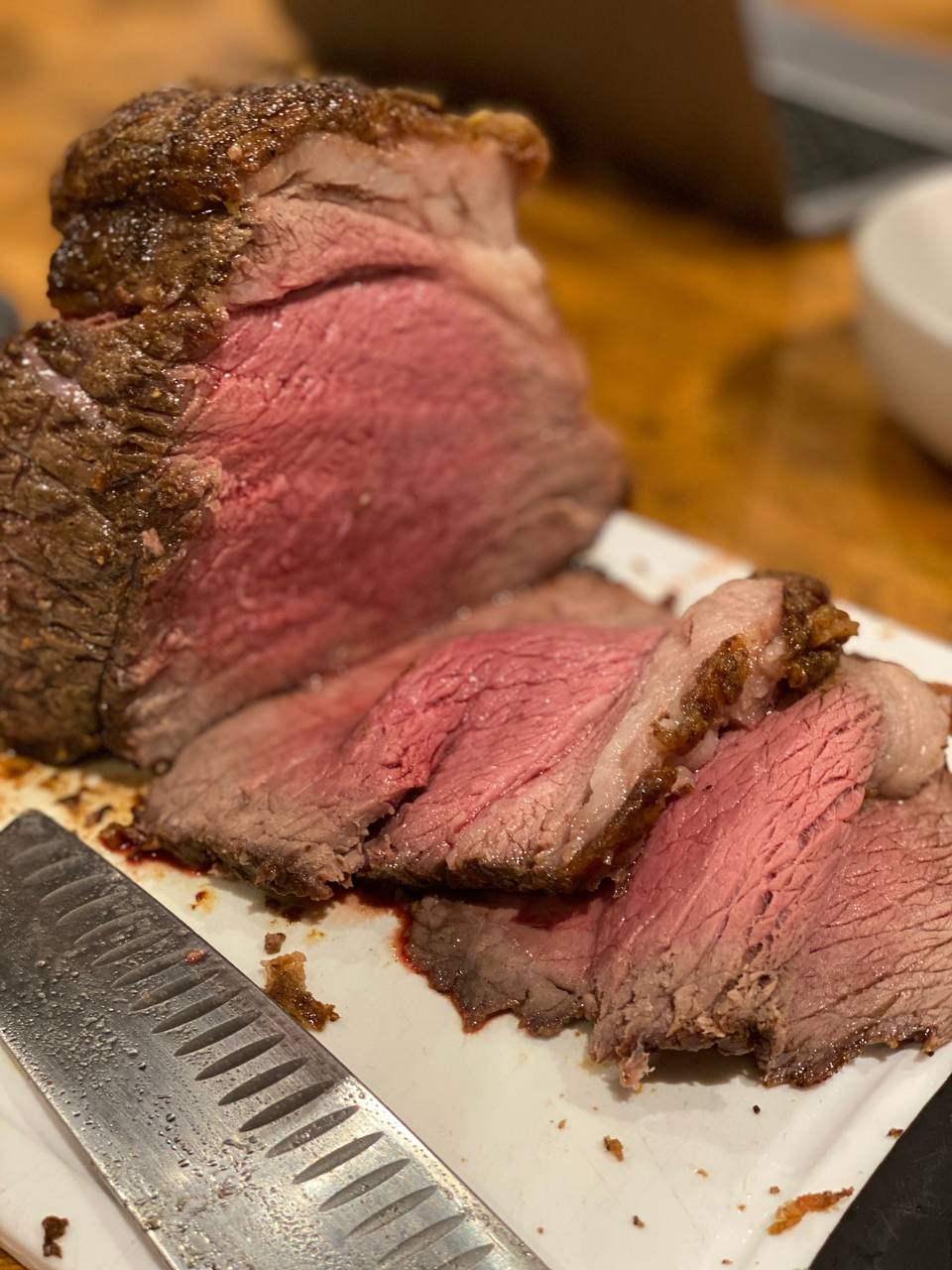Tuesday Triage #78
- TUESDAY TRIAGE #78 by Vadim Drobinin
- On constraints
- Things I enjoyed reading
- 1. Bending the Rules on Bacteria by @Harold_McGee
- 2. The empty promises of Marie Kondo and the craze for minimalism by @chaykak
- 3. Meet the Anarchists Making Their Own Medicine by @DMOberhaus
- 4. Achieve Your Goals (OKRs) by @nozdrenkov
- 5. The con artist who sold rich investors a fake country by Mark Dent
- 6. Dynamic Table of Contents Using Recursion Trees by @thesimpengineer
- 7. Why Apple’s iMessage Is Winning: Teens Dread the Green Text Bubble by @timkhiggins
- 8. The Vegetable Lamb of Tartary: Renaissance Philosophy, Magic, and Botany by Fabrizio Baldassarri
- 9. The Mac Malware of 2021 by Patrick Wardle
- 10. Against the Stream: The forgotten pleasures of analog media by Jason Guriel
- Things I didn't know last Tuesday
- 1. Baker's Twine
- 2. Kyô-bancha, also known as iri-bancha
- 3. Aga saga
- 4. Bottomless bowl effect
- 5. Arbiter bibendi
- 6. Strike Anywhere Matches
- 7. Campari’s roots are… British
- 8. Masticator
- 9. Social norm tip
- 10. vim -y
- Book of the week
- Thank you and see you in a week!
TUESDAY TRIAGE #78
by Vadim Drobinin ¶
Your weekly crème de la crème of the Internet is here!
11.01.2022 (read in browser)
-
Intro
Whatever is on my mind this week. -
Things I enjoyed reading
Ten-ish articles I found worth reading. -
Things I didn't know last Tuesday
Ten-ish facts I didn't know when I wrote the previous edition. -
Book of the week
Some thoughts on the latest book I've read.
On constraints ¶
Seems like every January I focus on constraints, whether it's food or something else.
This year we continue our tradition to abstain from alcohol for a month – this is not something hard (although I do miss the social part of attending all those wine tastings), and it provides a benefit of refreshing one's perspective when it comes to cocktails.
I didn't have much time over the last weekend, but probably on the next one I will get back to crafting all those zero-proof drinks. Most of them are way harder to mix than the ordinary cocktails, and the flavour profile is very different, but the characteristics are pretty much the same.
In the meantime we are getting better at reducing occasional food waste. Sasha made some cultured butter first:

If you ever made butter (which is very straightforward), the leftover is buttermilk. Heated milk curdles when an acid is present, and when it is curdled with buttermilk the curds are similar to ricotta but lighter:

Once drained, they could be eaten straight, shaped into bars and dipped into chocolate.

The liquid drained from the curds is whey. It's slightly different from the whey left after mozzarella-making, but still can be used for a bunch of recipes, from soups to lemonades.
I also managed to squeeze a roast into the week schedule:

There is something wildly satisfying in cooking roasts, despite being as simple as just putting them into the oven and taking out 10ºC before their target temperature.
Maybe that's the roots talking.
Things I enjoyed reading ¶
1. Bending the Rules on Bacteria by @Harold_McGee ¶
I don't really trust people, especially when it comes to cooking, and yet if there are those few I could trust with my life, one of them is definitely the author of this article, Harold McGee.
There are numerous things I grew up with that don't really work in the books, from leaving meat-based salads on the table for 8+ hours in +25ºC (think Russian New Year's Eve party) to serving sliced raw fish, freshly caught from a river. I managed to educate myself about most of them, and basically this education boils down to "just keep everything cold", but there are still things I occasionaly compromise on (and seems like I am not alone):
“If Mr. Ruhlman ever has a cup of his three-day-old stock without thoroughly boiling it first, he will probably only do it once,” Dr. Snyder wrote. “It is irresponsible of any cook to prepare food in a way that actually creates a new and significant hazard, even though the hazard may be eliminated in a later step.”
Safety is one problem with keeping a stock at room temperature. Flavor is another. A reboiled three-day-old stock may be safe to eat, but it is now seasoned with millions to billions of dead bacteria and their inactivated toxins. It’s conceivable that they might add an interesting flavor, but more likely that the bacteria have feasted on the stock’s sugars and savory amino acids, the air has oxidized and staled the fat, and the stock has become less tasty.
The point about the bacteria affecting the flavour is an interesting one though: I always though about flavour deterrioration being somewhat related to oxidation only, but seems like there is way more to it.
2. The empty promises of Marie Kondo and the craze for minimalism by @chaykak ¶
Looking back, I enjoyed minimalistic lifestyle for quite a while (and after a few years in a uni dormitary left only with a few bags), but these days I am not really buying it anymore, mostly because having access to a vaccuum chamber machine and a 3D printer is way more valuable than the lack of belongings. There are lots of people who think the opposite though:
Dissatisfaction with materialism and the usual rewards of society is not new, but minimalism is not an idea with a straightforward chronological history. It is more like a feeling that repeats in different times and places around the world. It is defined by the sense that the surrounding civilisation is excessive, and has thus lost some kind of original authenticity, which must be regained. The material world holds less meaning in these moments, and so accumulating more stuff loses its appeal.
I will stay on the materialistic hill though. It's comfy here albeit a bit crowded.
3. Meet the Anarchists Making Their Own Medicine by @DMOberhaus ¶
There are lots of DIY communities out there, and yet this one so far looks the most cool: some folks recreate expensive drugs by using a hand-made device, and seems like so far they didn't kill anyone.
The device attempts to mimic an expensive machine usually only found in chemistry laboratories for a fraction of the price using readily available off-the-shelf parts. In the case of the MicroLab, the reaction chambers consist of a small mason jar mounted inside a larger mason jar with a 3D-printed lid whose printing instructions are available online. A few small plastic hoses and a thermistor to measure temperature are then attached through the lid to circulate fluids through the contraption to induce the chemical reactions necessary to manufacture various medicines. The whole process is automated using a small computer that costs about $30.
I hardly imagine a use-case for myself if I were to build one at home, but then it's indeed very tempting.
4. Achieve Your Goals (OKRs) by @nozdrenkov ¶
Up until now I never thought of using OKRs for tracking personal goals and performance. I didn't really do any post-mortems or reflection on my past goals either, so seems like this could be the best of both worlds.
Every quarter (3 months) I write down a list of all my goals/thoughts an any note taking app. I use 5 whys technique to figure out corresponding objectives.
For example: I though could be "I need a vacuum cleaner". Then I ask myself, why do I need it, and come up smth like "My flat is clean all the time" objective. Then I'm thinking of key results, e.g. "Cleaner came once a week or cleaned myself", etc.
Once I have a list of all objectives and key results, I set priorities and decide which OKRs I should put into the tracker for this quarter (it will be a subset of everything, depending on my capacity).
Personally I'd probably have a shorter goal cycle as quarters are rather artifical when it comes to normal life – humans operate differently from companies – but that's implementation details.
5. The con artist who sold rich investors a fake country by Mark Dent ¶
An absolutely hilarious story about a dude who managed to make people believe into a fake country and made lots of money:
Like many passengers, Hastie had signed a contract with the Poyaisian government to work as a laborer. Others, including doctors and lawyers, had cashed in their belongings in Europe for land in Poyais and the opportunity to establish themselves as a new upper crust in the Caribbean.
Rich or poor, it seemed impossible not to prosper. The myriad Poyais advertisements that circulated through Britain had promised fertile land, rivers stocked with fish, and forests teeming with deer.
I was going to say that these days, given all the modern technologies and widespread access to information, something like that would be hardly possible, but yeah, it's still happening (this time with coins and apes instead of countries though).
6. Dynamic Table of Contents Using Recursion Trees by @thesimpengineer ¶
A very good explanation of recursion trees and their practical application:
The important thing to consider whilst parsing the input data is maintaining the context around where you found it. That is, at what depth in the grouping does the element exist. For example, if you hit an H3 tag, you would want to know that the depth level is 3. We can leverage the numerical representation of our headings to tell us later how we decide to recurse within our recursion tree during the code generation.
Getting the idea behind recursion is one of the most fundamental parts of learning programming, and yet finding realistic examples of its usage in the real world is harder than you might think.
7. Why Apple’s iMessage Is Winning: Teens Dread the Green Text Bubble by @timkhiggins ¶
This is definitely not the first time I write about green text bubbles versus blue text bubbles, and yet as someone who very rarely uses iMessage (mostly to copy a 2FA code) this "war" never ceases to amaze me.
Such interactions have made fertile ground for memes on social media. During the pandemic, Jeremy Cangiano, who just finished up his MBA at the University of Massachusetts Lowell, dealt with his boredom on TikTok, quickly noticing that blue-bubble-green-bubble memes were popular among young people. He tried to cash in on it last year by selling his own merchandise that touted, “Never Date a Green Texter.”
That being said, Telegram is still relatively open-sourced and fast, so might be worth giving a try if you didn't yet (this newsletter wasn't sponsored by Telegram -- folks, that's a missed opportunity right here).
8. The Vegetable Lamb of Tartary: Renaissance Philosophy, Magic, and Botany by Fabrizio Baldassarri ¶
Imagine someone waking up in the morning and thinking, what could I research today? What about ancient mentions of a lamb that is in fact a plant? Yeah, I guess that is what has happened here.
A different perspective on the vegetable lamb surfaced in the natural magic investigation of nature, as well as in work on spontaneous generation. In Book 4 of the Italian polymath Giovanni Battista Della Porta’s Phytognomonica (1588), a text focusing on analogies between plants and animal bodies, Della Porta describes a plant in Tartary that bears a lamb as its fruit. According to Della Porta, the flesh of the plant and its fruits are sweet and similar to that of a lamb, and the juices of the plant appear similar to blood. Here, he repeats the words of Scaliger, as it is clear that he had not directly observed this plant himself.
I am slightly disappointed that for the last few centuries there are no mentions of it anymore, so now we have to eat real lambs.
9. The Mac Malware of 2021 by Patrick Wardle ¶
One of my favourite annual posts, a collection of all known malware for macOS. If you still remember folks saying that there are no viruses on Macs, well, that's not really true (and never was).
For the sixth year in a row, I’ve put together a blog post that comprehensively covers all the new Mac malware that appeared during the course of the year.
While the specimens may have been reported on before (i.e. by the AV company that discovered them), this blog aims to cumulatively and comprehensively cover all the new Mac malware of 2021 - in one place …yes, with samples of each malware available for download!
And yet as an ecosystem, it is still so much better than Windows when it comes to security: can't really blame Apple here.
10. Against the Stream: The forgotten pleasures of analog media by Jason Guriel ¶
I am young enough to spend most of my life in the Internet, and yet managed to get substantial exposure to all things analog, whether it is VHS or vinyl. I don't really miss the former, and yet there is definitely something beautiful in the way people remember it:
There’s great pleasure in repetition and ritual. My family came to know a lot of dialogue by heart. We anticipated the lines we cherished collectively, even if the teleplays weren’t exactly “Birches.” It never occurred to us to scrutinize the credits and look up the writers of these lines we’d internalized. Where would we have even started? There was not yet a search bar to feed names to. The critic Camille Paglia once likened the creative team behind a beloved M&Ms commercial to “folk artists, anonymous as the artisans of medieval cathedrals.” The shows and movies my family adored were of similarly mysterious provenance. No algorithm had placed them before us; they described a specific constellation that we had strewn across the sky, and that only we could see. A bespoke set of stars.
And even then, I never could force myself into re-watching something often, even when I didn't have much choice (except, probably, Home Alone, but I still do watch it pretty much every year).
Things I didn't know last Tuesday ¶
1. Baker's Twine ¶
At some point I realised that I don't understand why it is called "baker's twine" (and I use it to wrap up meat):
It's history is actually quite simple: it's called baker's twine because its earlier use was for bakeries to tie paper wrapping around loaves of bread, cake boxes, and the like. Plain brown or white was probably the cheapest to have around rather than the colored ones.
And there is a different butcher's one, called "butcher's rayon", but it has no wax or color to avoid affecting the taste of meat – and that is the one I use.
2. Kyô-bancha, also known as iri-bancha ¶
I am not a huge fan of tea, but I do give it a try from time to time, and this time I tried something seasonal:
Of all the traditional regional banchas that are still being produced today in Japan, Kyô-bancha, also known as iri-bancha, is undoubtedly the most famous. It comes from Kyôto, and has its origins in Uji-tawara.
There is also a legend that during the World War I the tea was roasted in pans, but most pans in Japan were turned into ammo, so people had to use rusted pans with holes, and smoke was going through those holes more than usual, which gave the tea its characteristic smoked notes.
3. Aga saga ¶
A cooker inspired a genre of literature, and that is definitely something possible only here in the UK:
The Aga saga is a subgenre of the family saga genre of literature. The genre is named for the AGA cooker, a type of stored-heat oven that came to be popular in medium to large country houses in the UK after its introduction in 1929. It refers primarily to fictional family sagas dealing with British "middle-class country or village life".
I've seen these cookers, and wasn't really impressed. Their setup involves two domes to protect the people from heat (as the stovetop is always on), but the size of those surfaces is less than ideal when it comes to modern applications. I love the heated panels in restaurants' kitchens way more.
4. Bottomless bowl effect ¶
The idea that if something is infinite, than people tend to consume more of it, is kind of expected for anyone who have been to all-inclusive buffets in Turkey, but there is actually a research behind it:
As a person ate from one of these bowls, the bowl would slowly and almost imperceptibly refill itself. The refill rate could be modified. If it refilled too slowly, people could conceivably finish their soup before it refilled. If it refilled too quickly, people would be aware that the bowls had been modified. The flow was set at a moderate level that resulted in the bowls refilling in ∼20 minutes. Because each study was to last 20 minutes, this generally meant that the soup in the self-refilling bowls would still decrease, but at a much slower rate (∼60%) than the unmodified bowls.
This is also prompted the invention of infinite scroll, which powers most social networks these days.
5. Arbiter bibendi ¶
Sounds like a very important job:
However, they wouldn’t drink wine merum (straight-up). If they were in a sweet mood, they would mix honey into the wine, for a drink they called mulsum. At most other times they added a certain amount of water to the wine, and at a party there was a person whose job it was to decide how much water to add. This person was called the arbiter bibendi, and they had a serious responsibility. Too little water, and the wine would be sour and unpleasant; too much water, and nobody would get drunk. The arbiter bibendi had to read the mood of the party, and mix accordingly.
Seems like that's also where the head of the table seat comes from.
6. Strike Anywhere Matches ¶
Matches that could light up without a matchbox? What could go wrong?
You see, strike anywhere matches, unlike safety matches, have all the necessary chemicals for ignition on the match head alone. No special striking surface is required to light strike anywhere matches. They will light when struck against most hard, dry, and rough surfaces.
Apparently these days they're forbidden for sale pretty much everywhere, and even in the past were very hard to get (e.g shipping them was almost impossible given that they could light up from a friction).
7. Campari’s roots are… British ¶
Seems like the story behind one of the most popular amari is more twisted than most people think:
While Campari was then known as Bitter all’Uso d’Holanda (Holland-style bitter), the notebook called it Stoughton d’Holanda. “It had things crossed out and writing all over it. It was clearly a recipe that was much used and amended over time,” says Wondrich, who uncovered other copies of the original Stoughton’s Bitters recipe in Italian distillation books.
Obviously that's some old recipe that was tweaked anyway, but how come there are not so many British amari? Pretty sure it will change quite soon.
8. Masticator ¶
Here is an invention that pretty much changed the history of humanity:
By 1820, an enterprising English engineer named Thomas Hancock was making elastic straps and suspenders out of rubber. He also invented the “masticator,” a machine that rolled shredded rubber into sheets for industrial use. Elastic seemed poised to make a breakthrough: In the 1840s, Queen Victoria’s shoemaker, Joseph Sparkes Hall, popularized his invention of the elastic-gusset ankle boot, still known today as the Chelsea Boot.
Well, maybe not the whole history, but people definitely stopped buying clothes after every single feast.
9. Social norm tip ¶
An interesting research into socially common tips:
He observed that a striking 97% of customers left a tip, which strongly suggested the presence of a norm. The “social norm tip” was around 20% of the total fare.
Donkor added another layer of analysis by looking at how passengers interacted with the touch-screen payment devices in the cabs. The screens presented passengers with a menu of tip options: 20%, 25%, or 30%. There was also a button to opt out of the default tip menu and punch in a custom amount. Donkor found that around 60% of people chose a tip from the menu, indicating that most passengers preferred not to have to calculate a tip in their heads.
Coming from a country where tips don't really exist to a country where tips exist rarely and are socially awkward, I still find the fact that someone relies on tips to survive quite disturbing, but I guess if it works for the whole country...
10. vim -y ¶
One of the jokes that never gets old is to suggest people to use vim and then observe how they try to exit it.
Well, after launching vim -y I was that person.
vim -y
Easy mode. Implied for evim and eview. Starts with 'insertmode' set and behaves like a click-and-type editor. This sources the script $VIMRUNTIME/evim.vim. Mappings are set up to work like most click-and-type editors, see evim-keys. The GUI is started when available.
Apparently it also disables ESC, so you feel yourself totally locked out. Is it even legal?
Book of the week ¶
I read a lot about chefs or restaurants, but very rarely interact with their creations.
I do appreciate an occasional tasting set, but then rarely go to a place who's cuisine I already researched through books or videos, as it doesn't help with my constant fear of missing out.
There is an odd exception though: I read Anna Hedworth's Cook House a month after I actually had breakfast in that very Cook House:

The place is set out on the outskirts of Newcastle (at least that's how it felt to us), and the building itself is quite odd. I remember us chatting about what it could have been before – now I know the answer, before it used to be two shipping containers.
And yet the book gave so much more insights into why and how this place got to be created, I kind of want to go back just to match my previous experience and things I've read.
I didn’t even know when it came out, but it turned out it was a few weeks later and a local chef sent me a link to an early press release that mentioned Cook House. I can’t tell you how delighted I was, and desperate to get myself a copy. This turned out to not be that easy and saw my parents driving round every branch of Waitrose in the Northeast, until my mum finally got one, and got it for free much to her delight. There it was in print: page 429 – Cook House.
We were in the Lake District and we were just waiting for the lamb to finish cooking in a fire pit in the ground while I flicked through the guide reading what the scores meant and looking at the highlighted restaurants at the front, scanning down the Top 25 Best New Entries, and there we were…Cook House, Newcastle. This is still my best moment, I just couldn’t believe my eyes. How did we make it there? I was so happy, and I also had a leg of lamb just out of the ground to eat.”
The book is also a collection of recipes, and this time I can actually vouch for at least some of them (I will definitely try to replicate their granola and eggs on toast).
The book was also written before the place made it to the Michelin guide (at least that's how I understand it), and as the result is brutally honest about their whole journey.
Thank you and see you in a week! ¶
If you have any questions, or want to suggest a link for the next newsletter, please drop me a message on Twitter or reply to this email.
Cheers! 🍸